Releasing safe and useful code for GOV.UK Verify
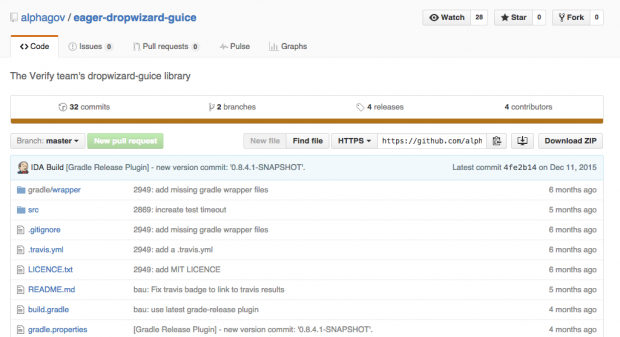
...to why this cannot be done for specific subsets of the source code). This post is about how we’re going to open up our code. It explains what we’ve opened...

...to why this cannot be done for specific subsets of the source code). This post is about how we’re going to open up our code. It explains what we’ve opened...
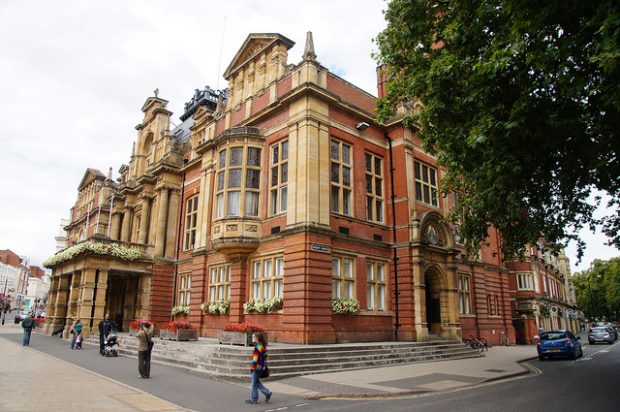
...GOV.UK Verify in accordance with the Technology Code of Practice, the Identity Assurance Principles and the Code of Interoperability. We’ll need to adapt these procedures to work for local government...

...migrated infrastructure providers previously on the project as we moved from alpha to private beta. Public Key Infrastructure We also run a PKI to enable secure communication between the entities...
James Stewart has published a post about how GDS decides when it's ok not to publish source code. The identity assurance programme operates within the approach outlined by James. We...
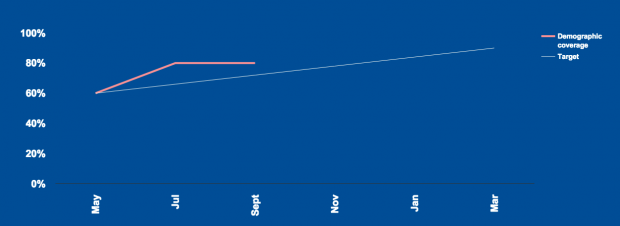
...aren’t able to complete the second step. At the start of our public beta, the only way to complete the second step was to receive an SMS code on your...
...in our codebase and allow us to deploy new code faster Things we plan to do next Over the Christmas period we have a change freeze and are not deploying...
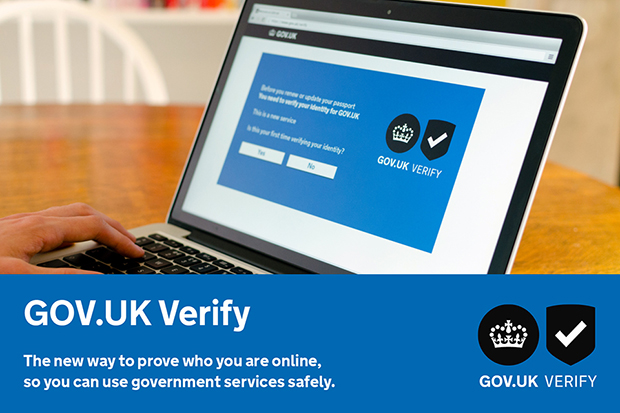
...15,000 different code commits this year - that’s 15,000 different changes to GOV.UK Verify to improve it for users and get it ready to go from beta to live in...
...break apart a large shared library of code used for our SAML (Security Assertion Markup Language) messages. This removes dependencies between our microservices and will allow us to make changes...
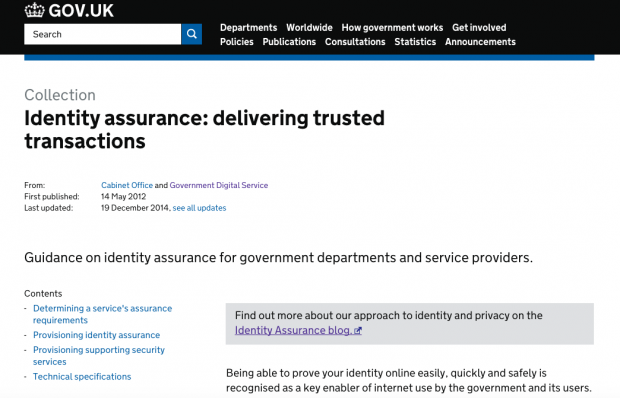
...step such as having a one-off code sent to your mobile phone or generating a code in an authentication app. Therefore, if your information is lost or compromised it will...
...effectively. To continue keeping GOV.UK Verify available and secure we’ve: started automating lengthy steps in our process when releasing code to our live environment upgraded lots of applications and libraries...